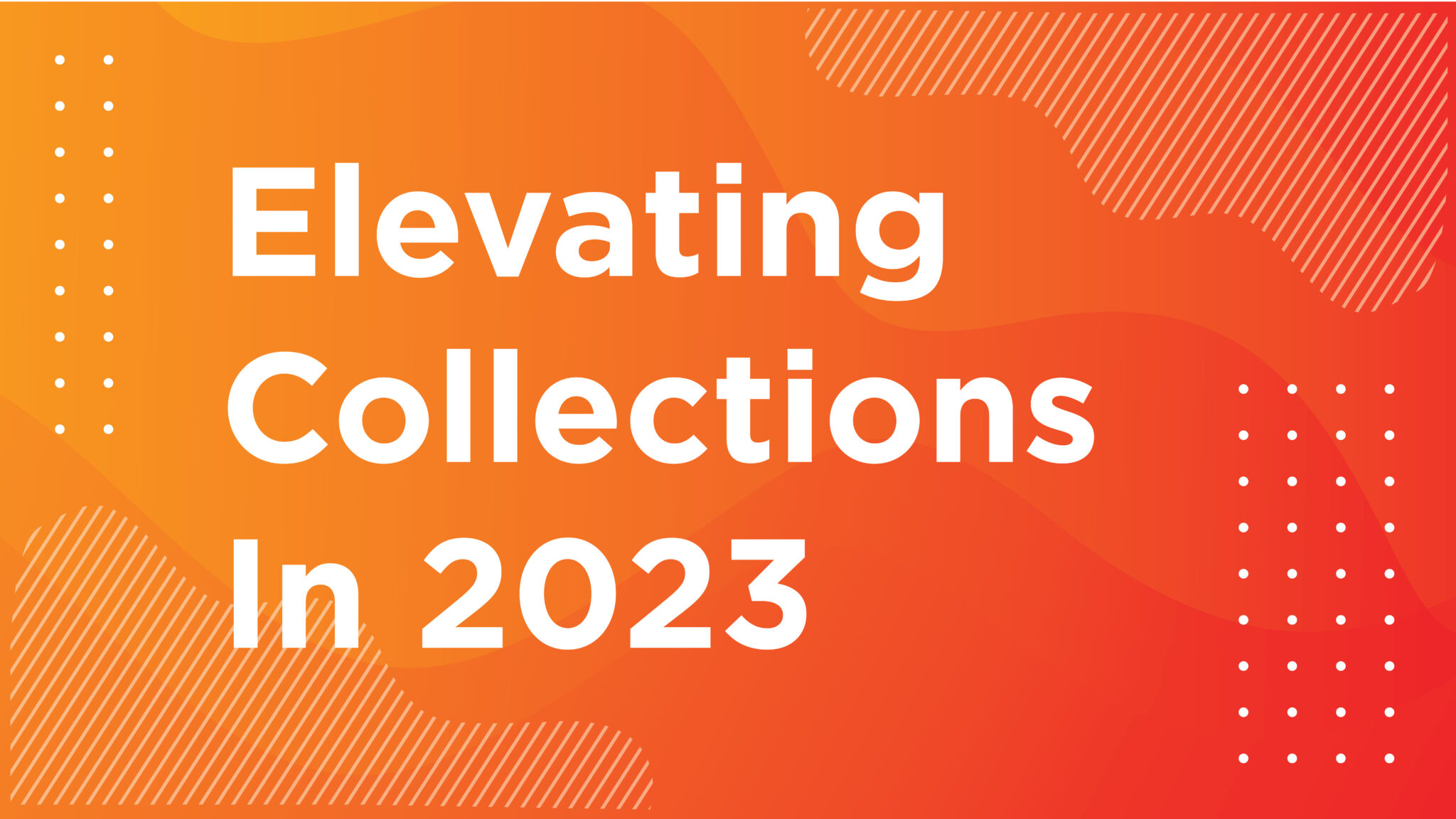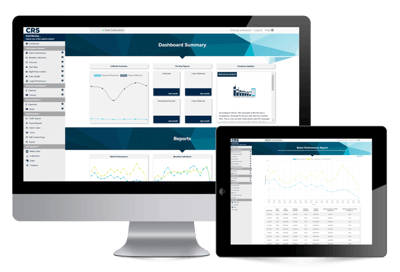Continuing with our Technology in Debt Collection series, one of the most successful digital touch points (or tools) in the digital customer journey
In debt collection we’ve discovered has been our customer portal, myCRS.
With digital adoption accelerated by the pandemic throughout all demographics, the implementation of technology into the Debt Collections industry is no longer a nice to have but a necessity.
Crucial in any collections team’s arsenal must now be an online, both desktop and mobile-friendly, customer portal. Since the pandemic hit the UK we’ve seen an increase in traffic to our clients’ customer portals on myCRS by up to 180%.
CRS in Action: myCRS, our customer portal was launched in 2010 and is a part of our Continuous Improvement Programme (CIP) that pulls in data to help improve our customer services. It’s an integral part of our service offering to clients who need a bespoke ‘white label’ solution that can be rebranded to represent their company.
In general, portals provide customers with a single point of access 24 hours a day, 7 days a week to important information such as online payments, account management and regulatory policies.
Importantly for CRS and our clients, myCRS provides us with valuable insight into the changing habits of our clients’ customers.
In this blog, we explore the top seven reasons you need to consider partnering with a DCA that will offer state-of-the-art personalised customer portals for your debtors.
Let’s take a look under the ‘hood’…
Customers want them
We mentioned earlier, the impact of the pandemic has seen more people become digitally literate and as such customers are now used to communicating online rather than over the phone.
The new on-demand world in which we live has meant people don’t have the patience to wait for things and expect to be provided with solutions instantly, 24 hours a day, 7 days a week, 365 days a year through their desktops, laptops or mobile devices.
Portals like myCRS are in demand because they empower the customer, offering them control of the debt and the ability to find a solution that works for them. Our data suggests that for the customer it’s no longer ‘nice to have’ portals, they’ve become a must.
Increase cashflow
Because people are now turning towards digital solutions to manage their debt (often on ‘their own manageable’ terms) the data shows they’re more likely to pay.
What our customers say:
“This is so much easier to use than phoning. I suffer from anxiety and the thought of having to phone someone to sort something like this out really worries me, but doing it online just takes the pressure off”.
Save money
Cost-saving is another great benefit of customer portals. The programs can allow for automation of several standard processes, as well as helping to save on costs because agents no longer need to input the data that customers input directly. These cost savings can be passed onto the client.
Self-servicing
One of the strongest benefits for our clients’ customers is they know they can fully self-serve online through their customer portal, without the need to ever have to speak to a member of staff on the phone.
Our CIP feedback loops tell us for many customers, this helps by offering them a way to keep all relevant information, like transactions and compliance policies in one place, controlled and managed by them. It also offers customers the opportunity to avoid the anxiety of discussing personal debt with another human.
User-friendly
Customer portals need to be user-friendly. We’ve learnt over time that by diving deep into the data and uncovering what works and what doesn’t, we’ve been able to continually update and move with customer trends and expectations.
A customer portal should be simple to navigate and with the integration of chatbots and live chat with customer services representatives, you can easily remove roadblocks to increase customer user satisfaction.
As well as being a resource for customers to retrieve important data like policies or transactional history, portals offer the ability to pay off their debt in full, create a payment arrangement that works for them and inform us if there is the involvement of a debt management company. This allows for a seamless working partnership between all stakeholders.
Allow focus
Customer portals can offer brilliant by-products; helping reduce waste and allowing staff to focus on what’s best for the customer. Once data has been gathered and where needed, human support can be offered, teams can work towards targeted outcomes that improve the customer experience and journey, which in the end works better for all stakeholders.
This is especially important when customer portal technology identifies vulnerable customers. Having the ability to flag and then redirect vulnerable customers to the correct support team is an integral part of an inclusive customer experience strategy making sure the customer is kept at the forefront of decision making.
Feedback and improvement
Finally, when developing programs for an ever-evolving customer base it’s integral for success to be able to provide solutions that can evolve with them.
Customer portals are a great place to gather information on what’s important for customers when they need support clearing their debt.
We use tools like heat mapping, live chat, and autoresponders (and the transcripts) and digital surveys to find out what customer sticking points there are and how we can help their journey become more seamless.
Final words from CRS
The pandemic has sped up digital adoption, and it’s because of this that it has never been more important to deploy ‘Collection Solutions That Work’. In the previous decade, we recognised that traditional collections techniques, and a one-size-fits-all approach, are outdated, ineffective and sometimes non-compliant.
We’ve focussed on bringing together the finest technology, processes, and people to help develop our industry-leading customer portal, myCRS.
myCRS allows us, on your behalf, to build trust by gifting customers the responsibility of controlling their own accounts. They can view historic statements, transactional history, set up payments and complete income and expenditure calculations.
We also trace and map digital customer journeys, helping us to spot ‘abandons’ which then allows us to signpost and navigate the customers towards further support. If you want to learn more, you can contact us here.





















